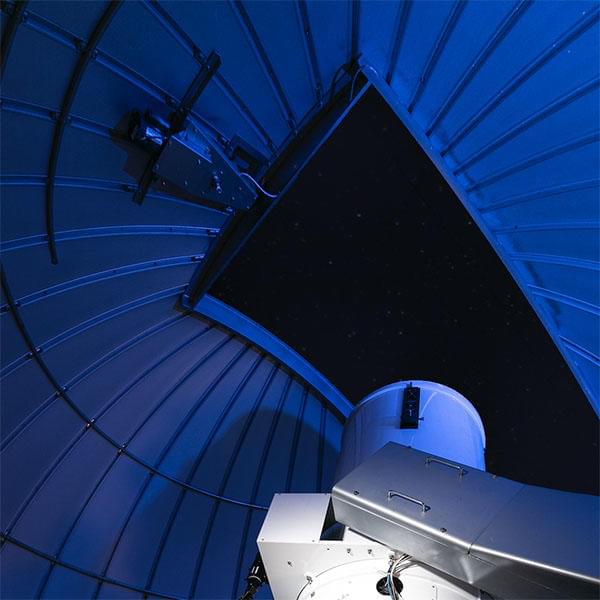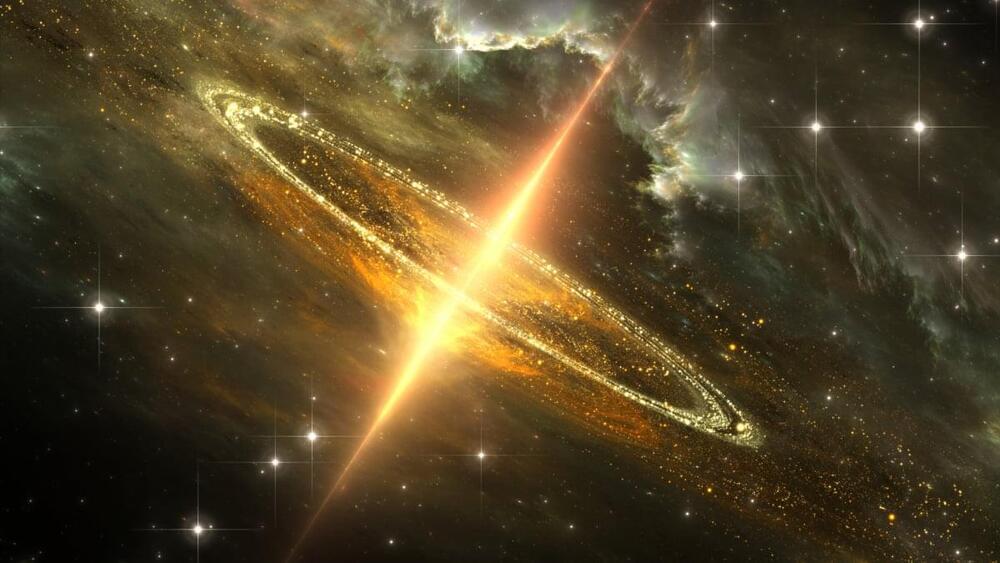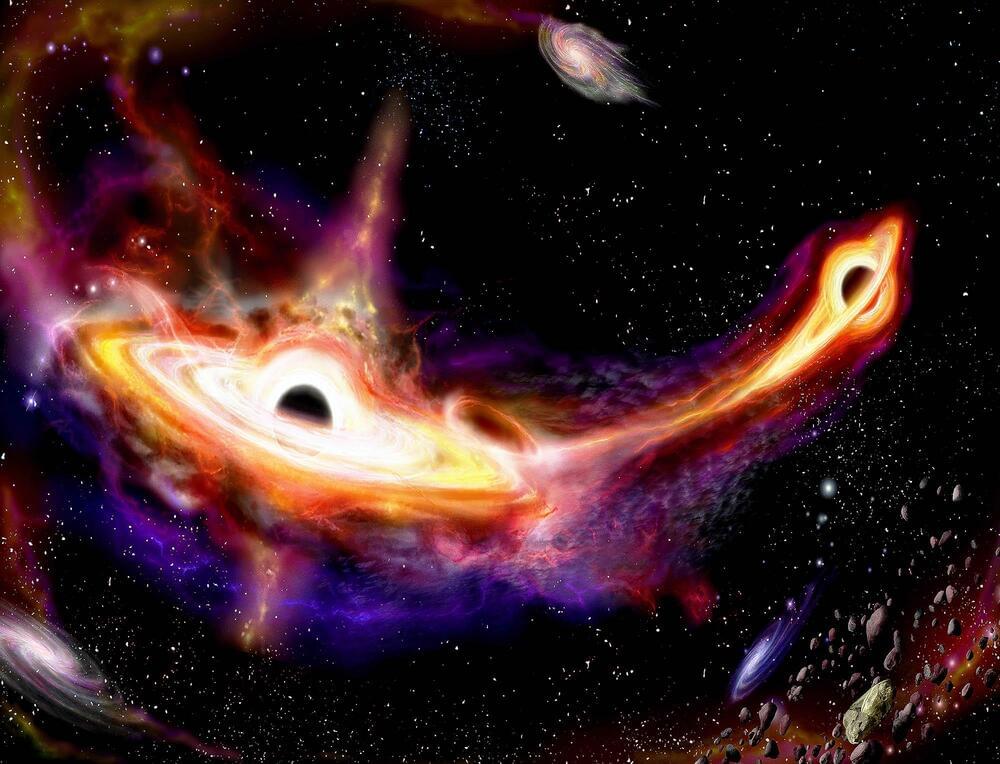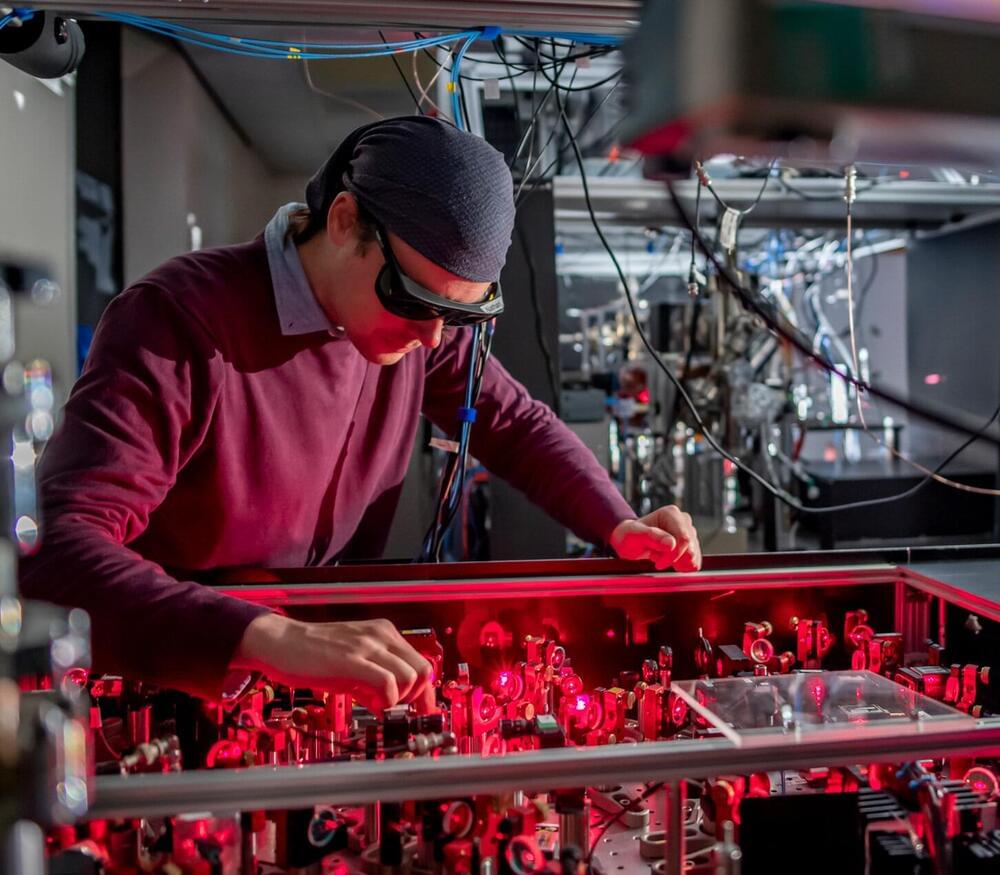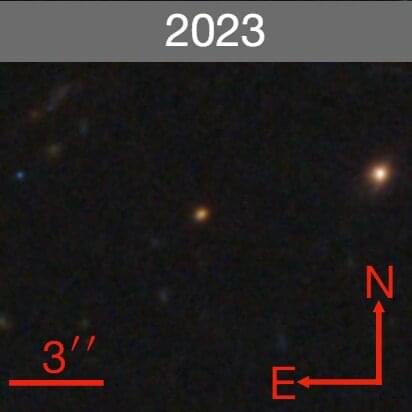Join my mailing list https://briankeating.com/list to win a real 4 billion year old meteorite! All.edu emails in the USA 🇺🇸 will WIN!Is the universe twice as old as we thought?Current estimates suggest that the Big Bang occurred 13.8 billion years ago. But today, we’re joined by Rajendra Gupta, a luminary in the field of cosmology who claims that the universe is actually 26.7 billion years old. I’ve invited him on the show so he can make a case for his claims!Professor Gupta is a theoretical physicist currently teaching astrophysics to senior undergraduate and graduate students at the University of Ottawa. His research focuses on astrophysics, cosmology, general relativity, the dynamics of the universe under evolutionary physical constants beyond the standard model, CMB, JWST, BAO, Big Bang nucleosynthesis, the large-scale structure and formation of galaxies, dark matter, and dark energy. To say I am thrilled to have him on the show for the second time would be an understatement. So, without further ado, let’s jump right in! Key Takeaways:
00:00 Intro.
01:50 Judging Rajendra’s paper.
